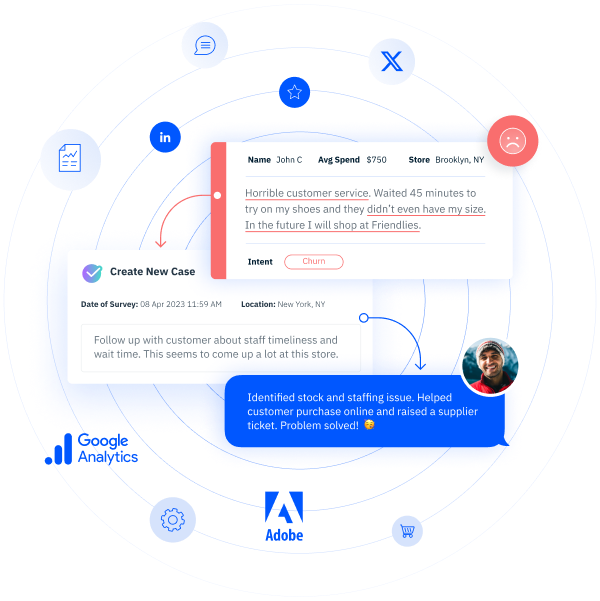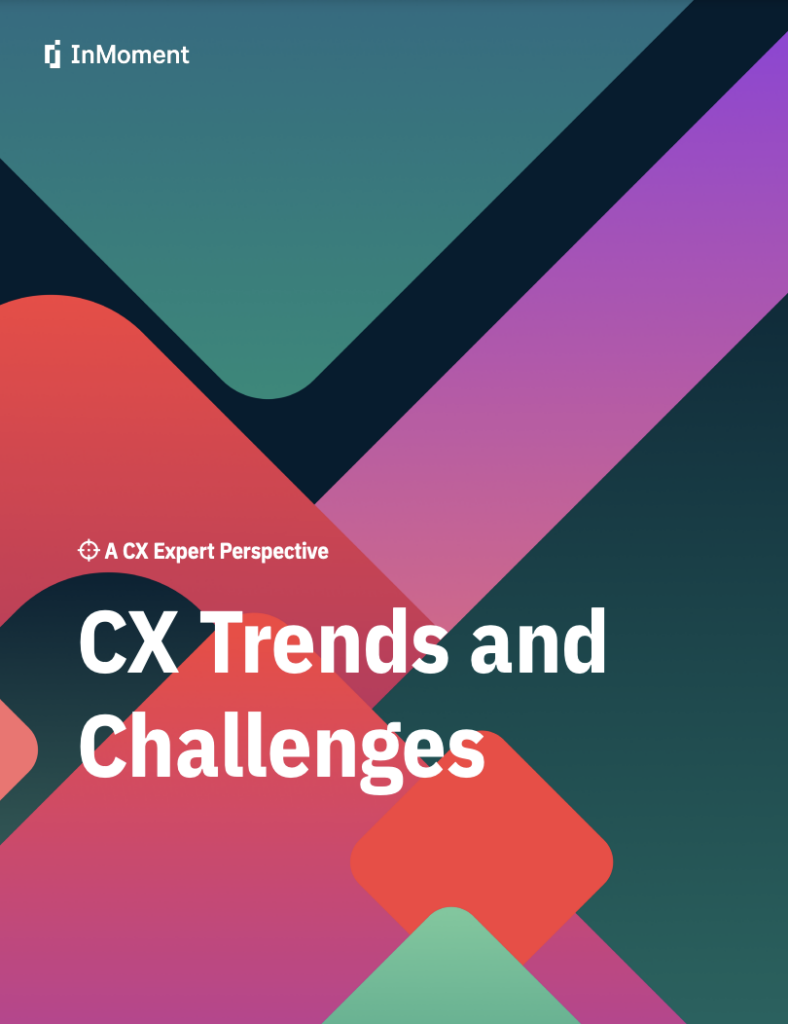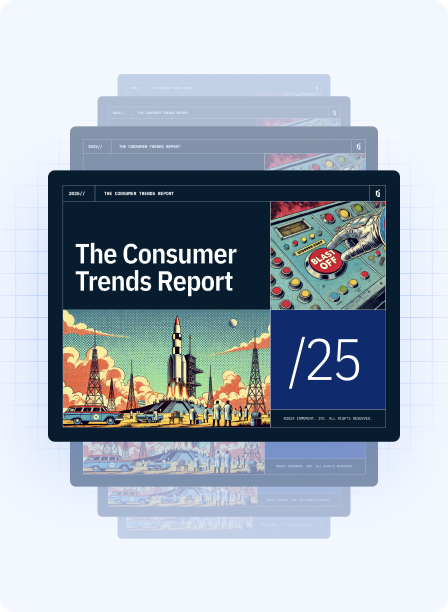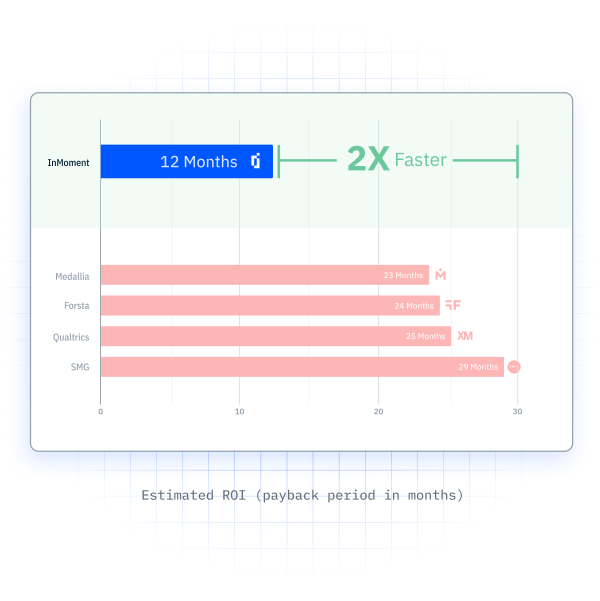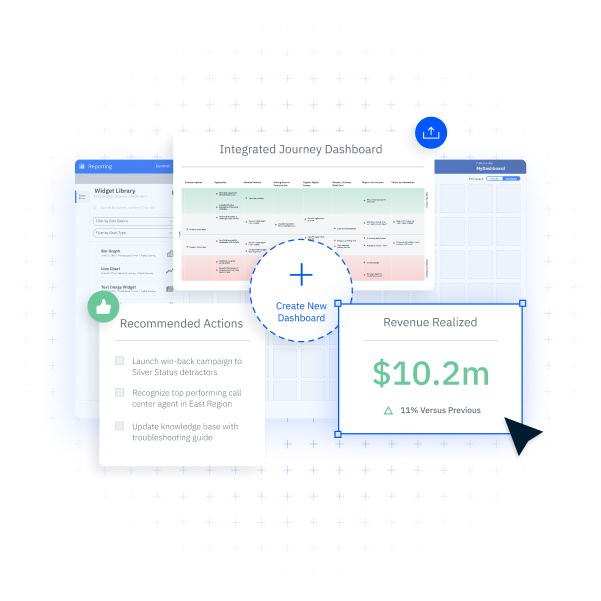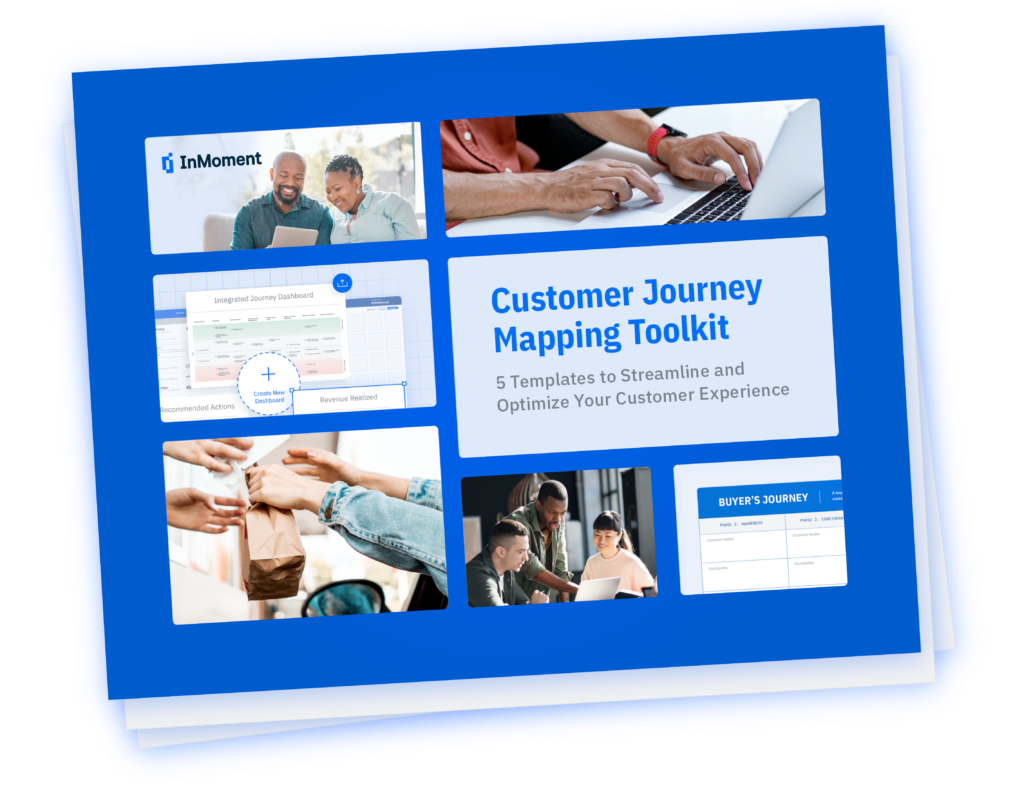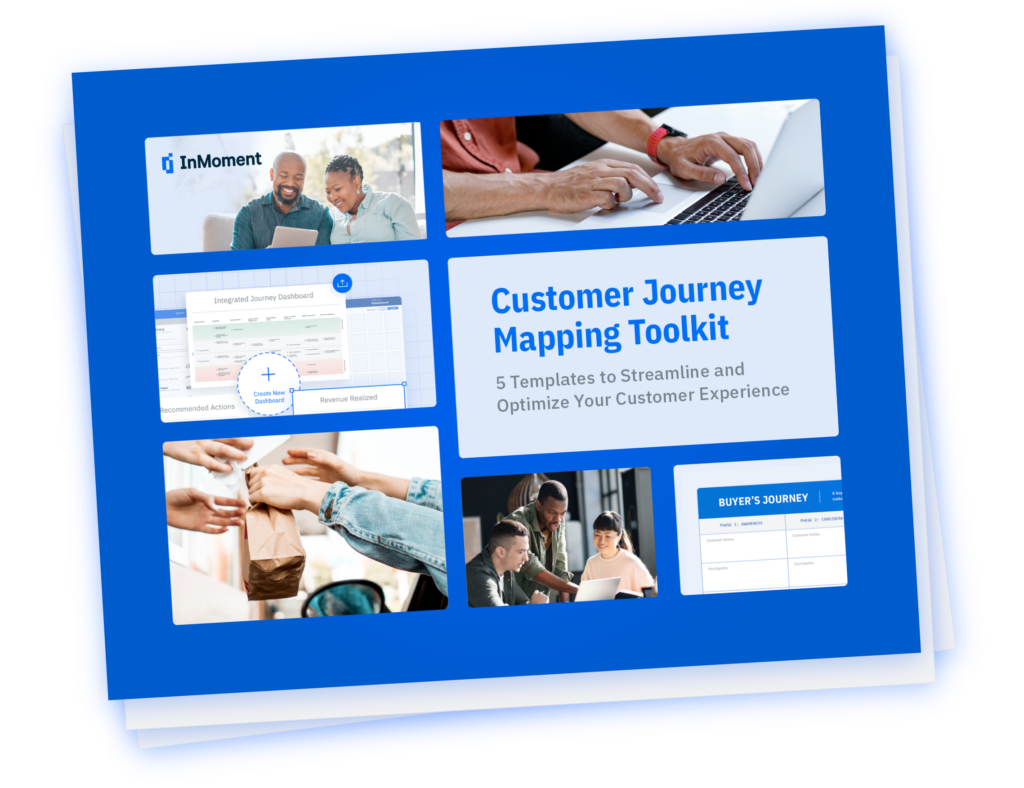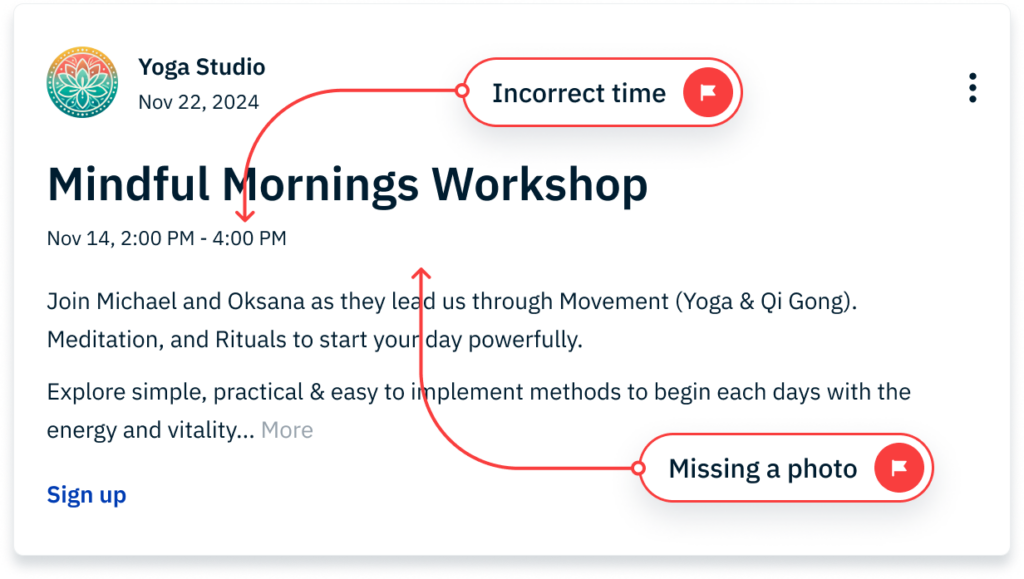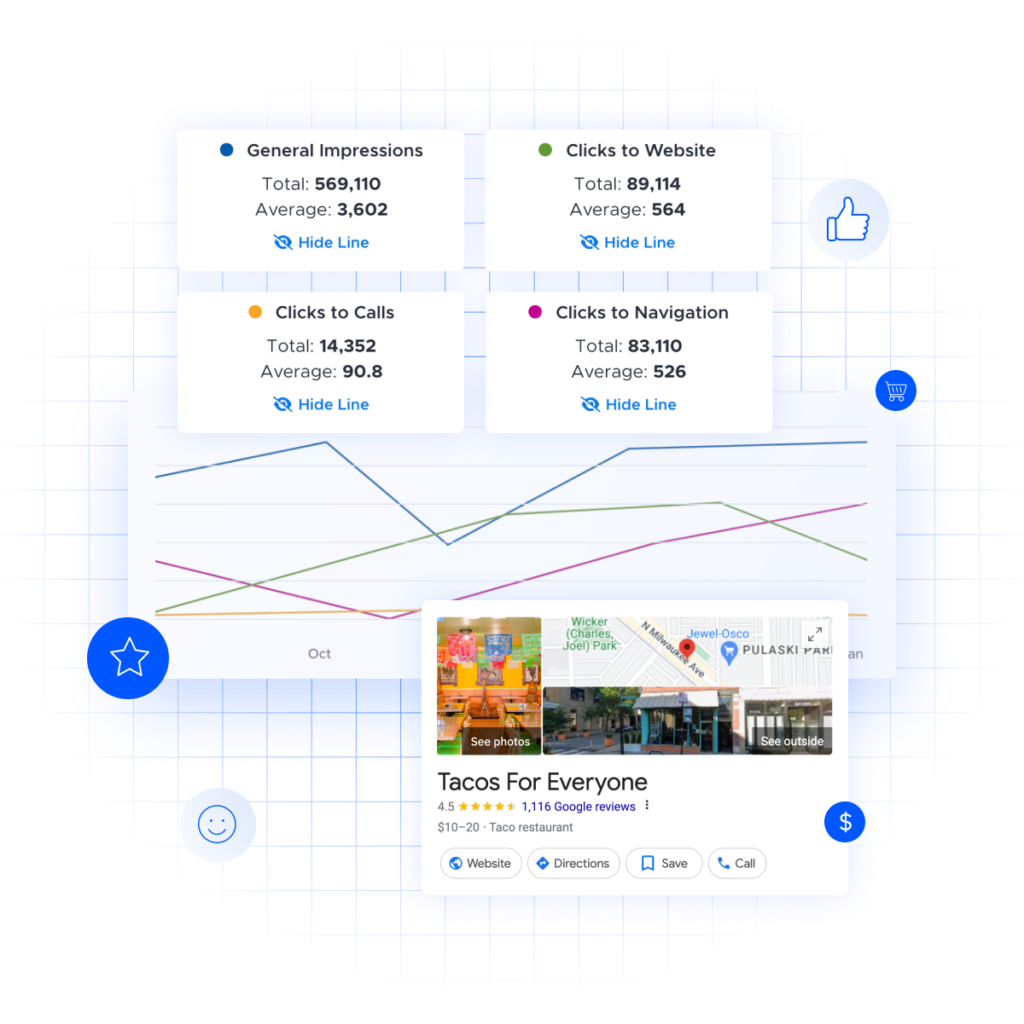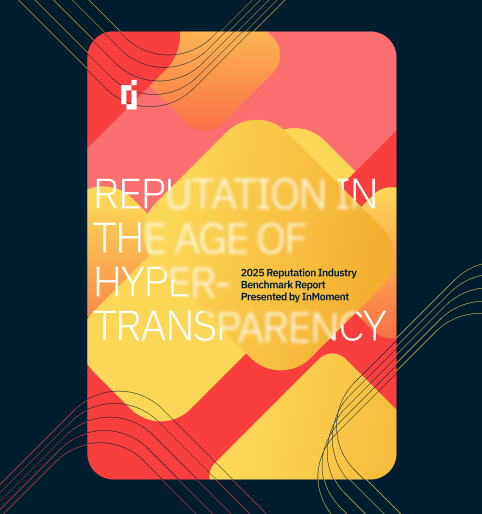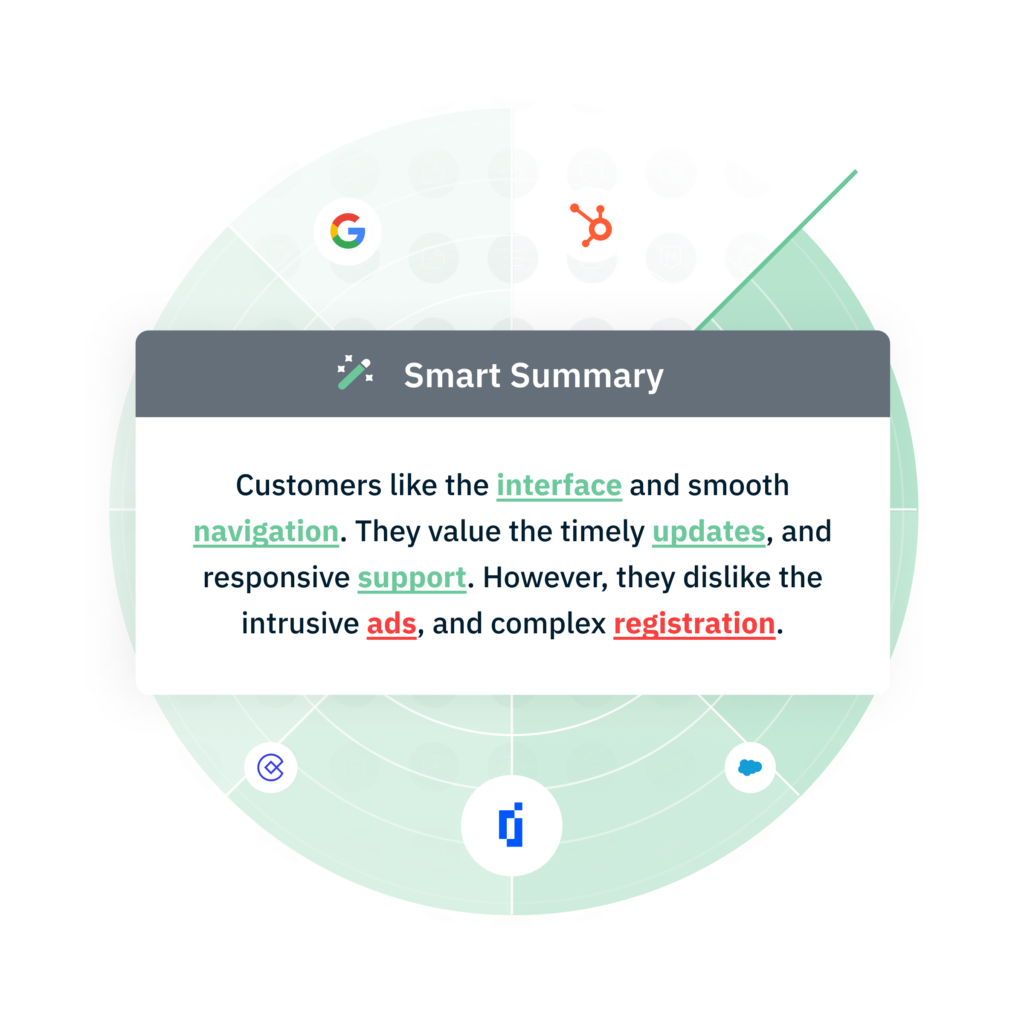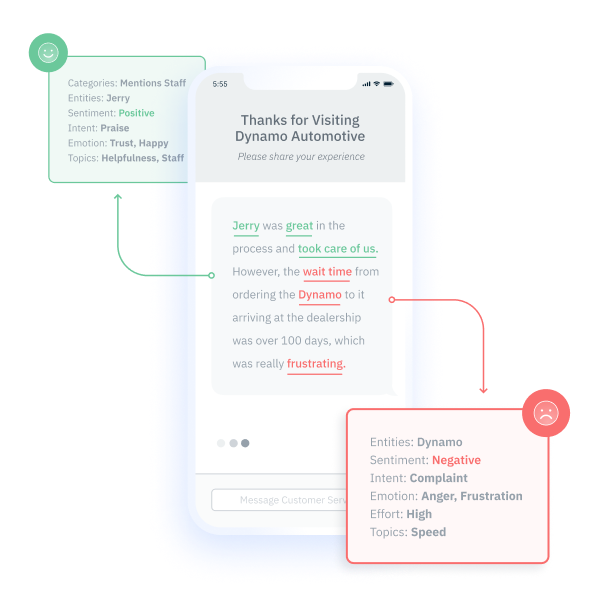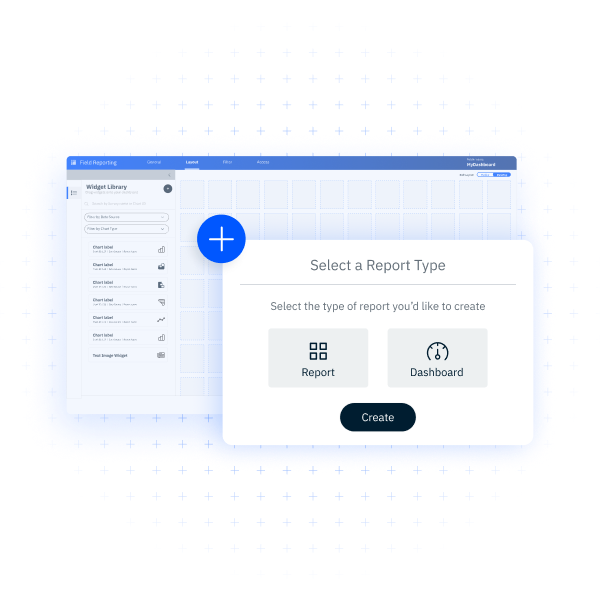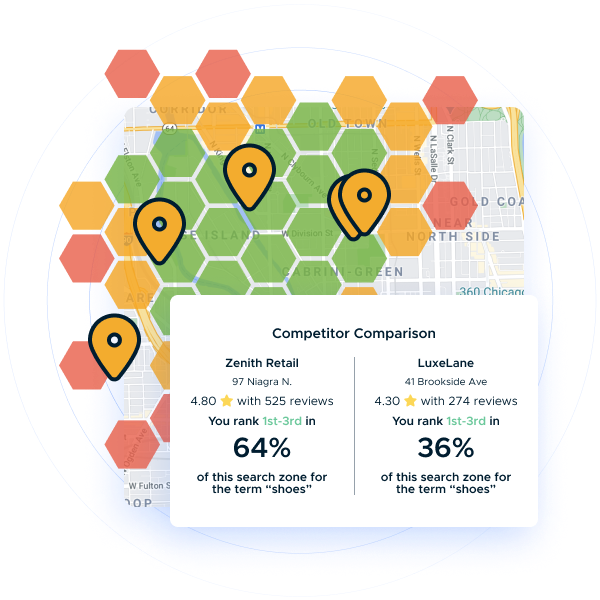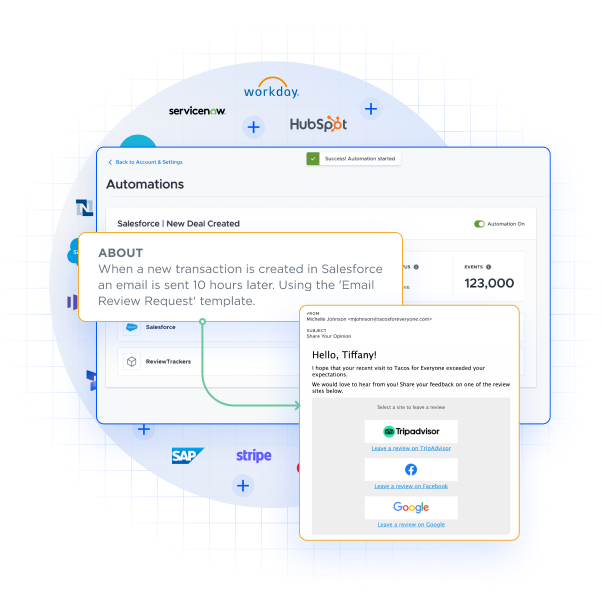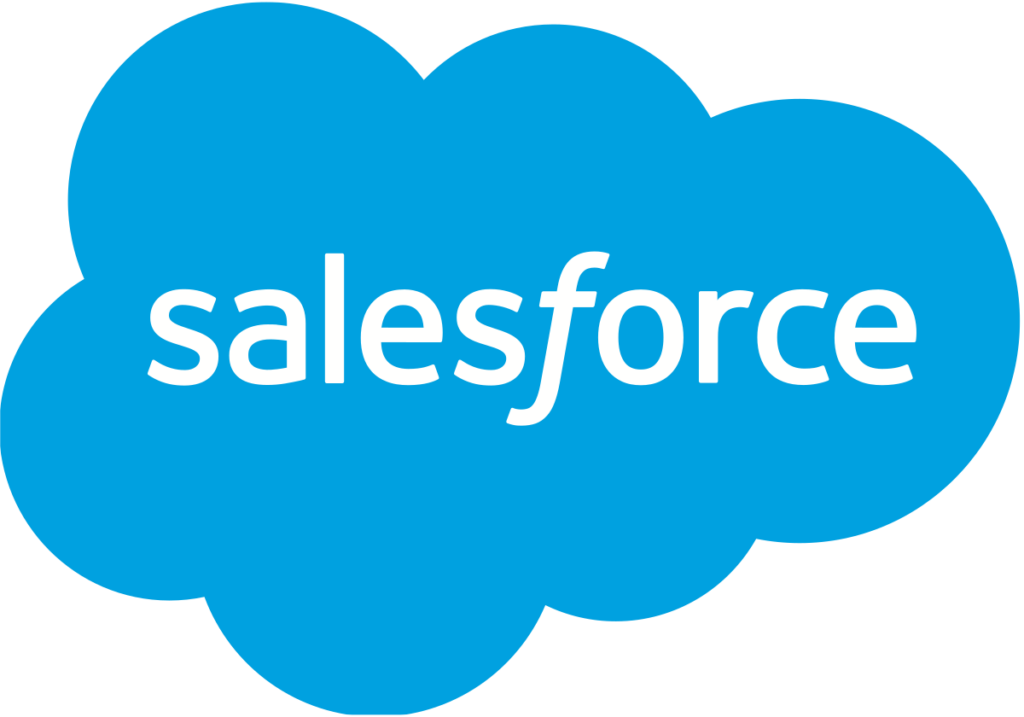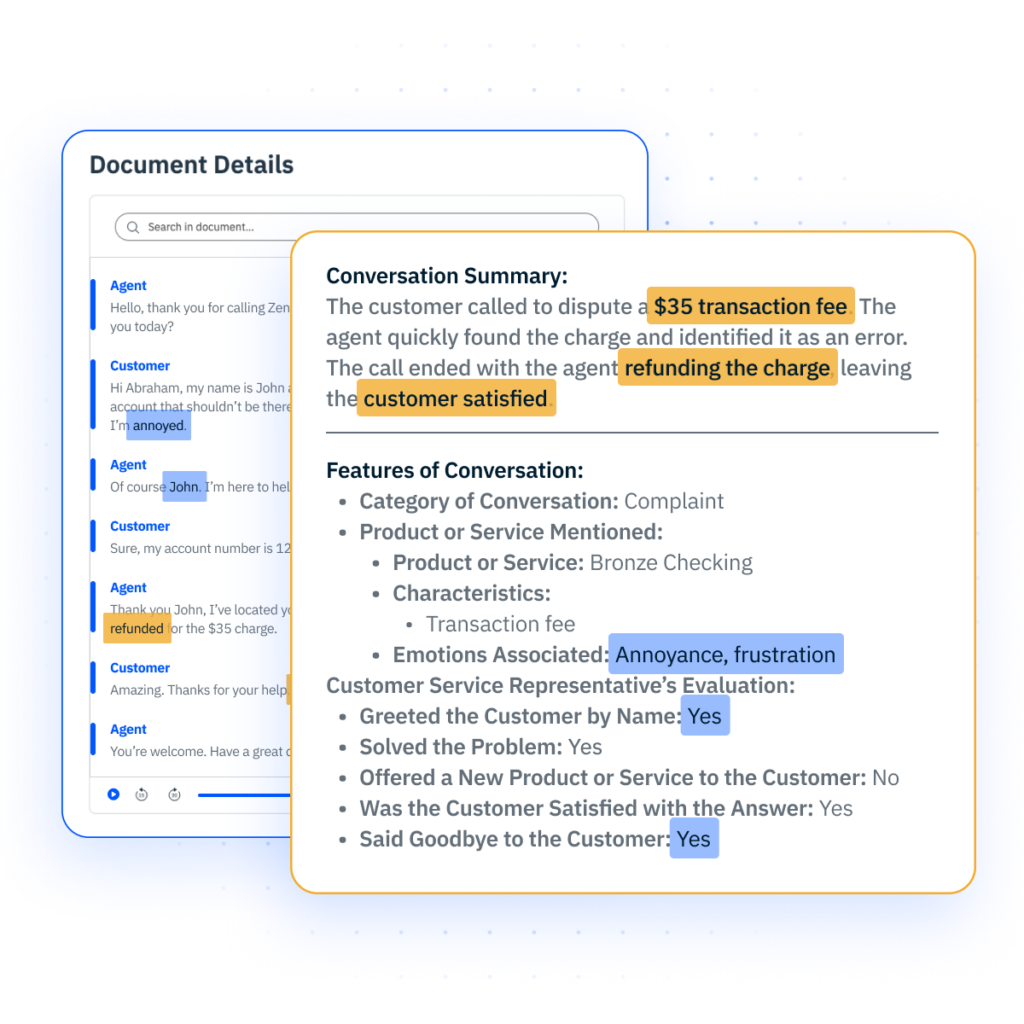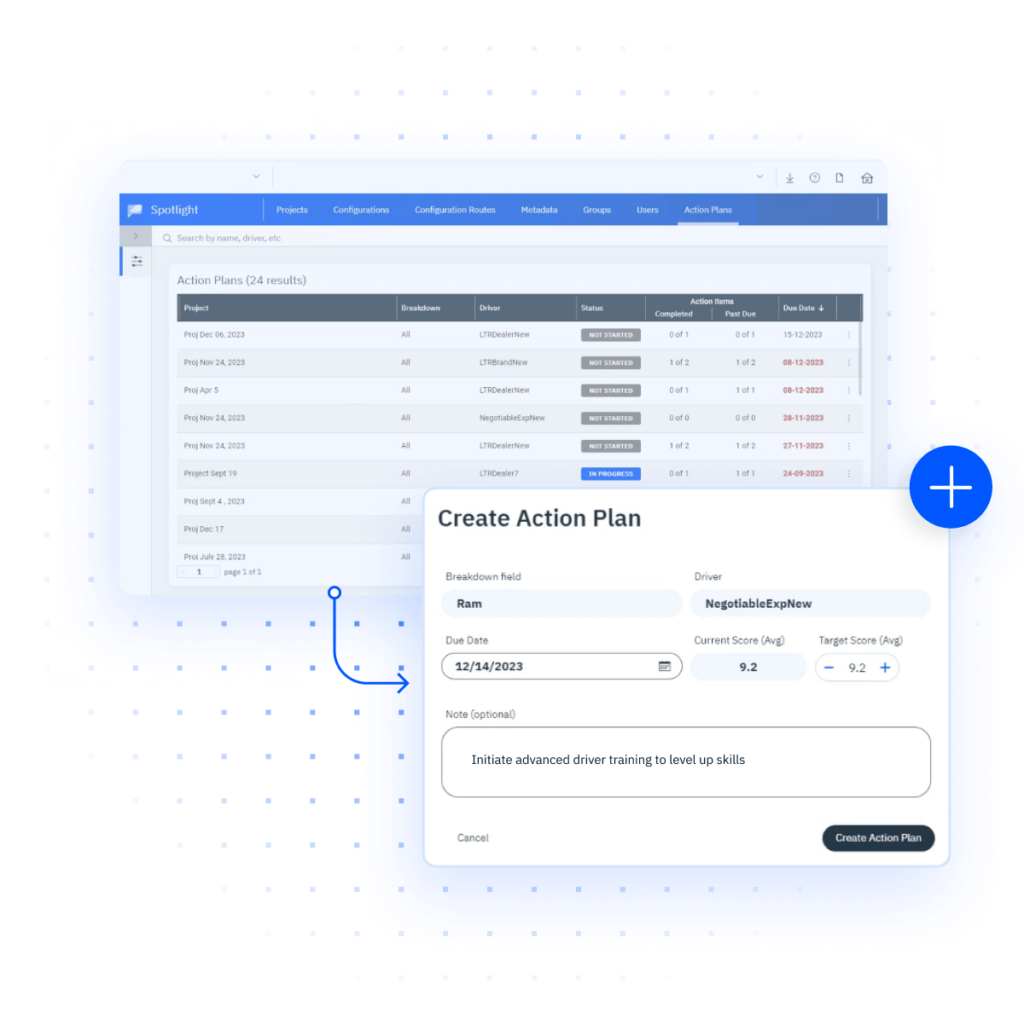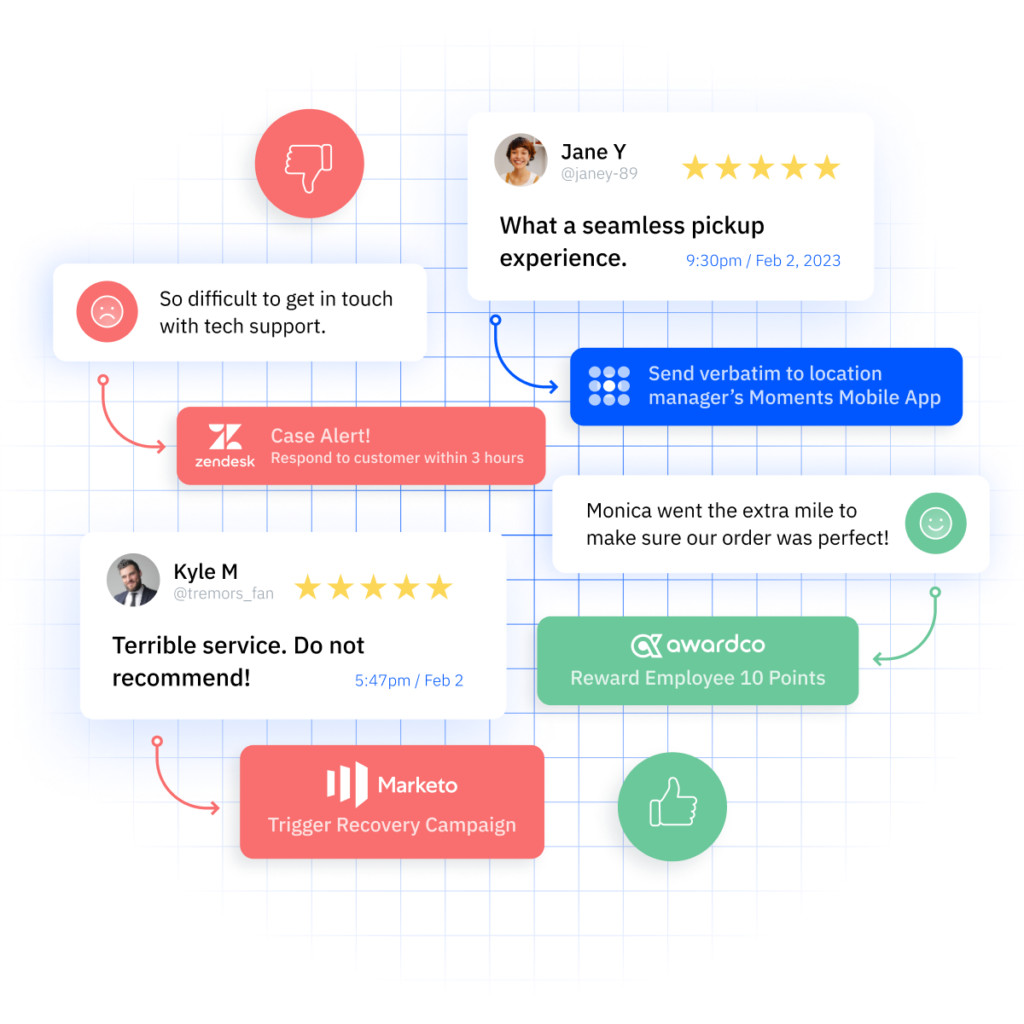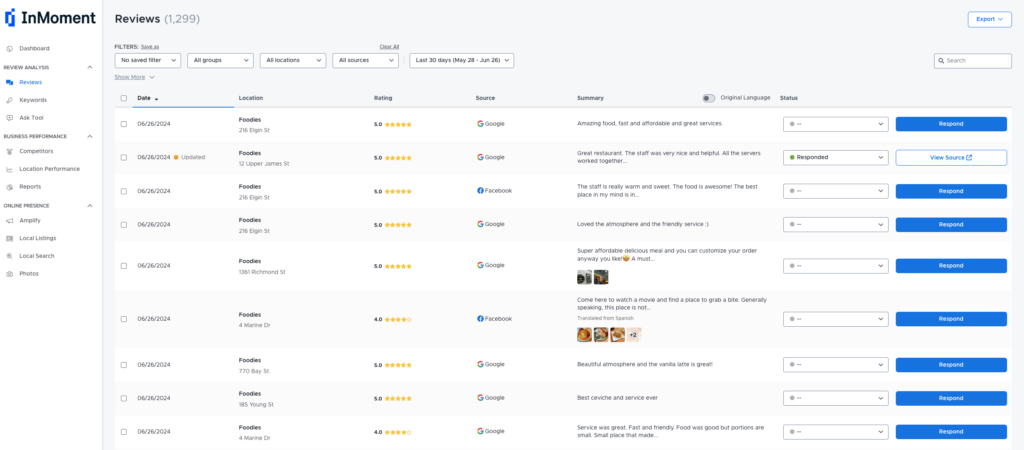Customer Experience Maturity Model: A Framework for Improving Experiences
Companies focusing on customer experience (CX) improvements report better overall business metrics. While building a mature CX program is no easy task, a customer experience maturity model can help businesses understand where they are and what they need to do.
Customer experience (CX) is emerging as a significant competitive advantage for businesses. Customer-centric companies realize an 80% increase in revenue and report 60% higher profit than those that don’t focus on customer experience.
However, building a solid CX program requires more than isolated efforts and reactive fixes. Businesses must focus on a strategic approach that helps them move the needle on their current CX programs. This is where a customer experience maturity model comes into play.
What is a Customer Experience Maturity Model?
A CX Maturity Model is a five-stage framework that evaluates the readiness and effectiveness of your CX program. It provides a data-driven approach to identifying areas for improvement across the customer journey. As a result, the model removes the guesswork from your customer experience strategy, replacing it with a roadmap to CX excellence.
Stages of Customer Experience Maturity
- Investigate
- Initiate
- Mobilize
- Scale
- Embed
CX maturity starts from a static phase of identifying the first steps and concludes with integrating strong CX practices. The framework encourages continuous evolution to adapt to shifts in customer expectations.
Before we explore the five stages, it’s essential to understand the role of a CX team throughout this process. A team can leverage the following six competencies, or customer experience management skills, to complete each stage:
- Lead: Key skills include strategy and governance to build, align, and sustain successful CX programs. For example, outlining a CX program and building a team to execute the vision.
- Realize: Key skills include tracking key CX metrics to ensure the program is realizing value and achieving business goals. For example, tracking NPS to determine the success of recent loyalty efforts.
- Activate: Key skills include communication and expertise building to ensure teams have the skills, support, and incentive to achieve CX goals. For example, training employees to adopt a customer-centric approach and rewarding their work to motivate them.
- Enlighten: Key skills include CX data collection, analysis, and visualization to ensure actionable insights across the organization. For example, using surveys to collect feedback and sentiment analysis to understand emotional tone.
- Respond: Key skills include effective response and strategic decision-making to deliver CX improvements based on insights. For example, following up with disgruntled customers and updating a product feature to fit client needs.
- Disrupt: Key skills include customer experience design and integration to provide exceptional services. For example, using InMoment’s XI platform to create a customer journey map showing how to optimize each phase.
Leveraging these competencies is crucial for moving through each of the following stages of CX maturity:
Investigate
In this initial phase, a business has yet to understand the value of a dynamic CX program. It views CX as a supplementary activity rather than a competitive differentiator.
As a result, teams primarily rely on in-house data like contact lists to reach out to customers via email. It’s a static approach that doesn’t consider targeted outreach or customer feedback analysis.
Organizations can progress from this stage by first achieving leadership buy-in. Visualize the value of CX efforts and share them with executives. Educate yourself so that you can address any questions or concerns. Highlight the positive impact of a customer-centric approach on the company’s bottom line.
Initiate
The leadership starts approving key activities as it realizes the value of customer experience management. An initial CX strategy takes shape during this stage. The organization establishes a team to explore and implement Voice of the Customer (VoC) approaches.
Evolving from this stage requires a focus on the business impact of CX. Start with a few CX metrics like NPS and CSAT to build an initial use case. Leverage internal communications channels to convey the importance of CX across the company. Build a basic VoC program to start surveying customers for data collection.
Investing in robust CX software can simplify these activities. InMoment offers an all-in-one customer experience platform that collects and connects data from various channels across the customer journey. From survey design to data analysis, the software provides organizations with the tools to set up a VoC program.
Mobilize
The organization establishes a full-time, dedicated CX team in this pivotal stage. The team is responsible for evolving the VoC program, sharing insights with leadership, and mapping customer journeys.
For example, the team starts collecting and integrating experience data from multiple channels. It identifies customer pain points across various touchpoints and works to improve them. Audience segmentation and journey mapping emerge as useful CX strategies. These activities help realize significant customer experience ROI, motivating organizations to continue evolving.
Businesses can progress to the next stage by doubling down on CX tools and training. Invest in employee coaching to align more of the workforce with the customer-centric vision. Focus on a cross-functional approach to improving customer experiences.
For example, a collaboration between marketing and product teams to engage a specific user segment with a new feature.
Scale
A solid customer-centric culture begins materializing in this stage. Organizations integrate CX processes across departments and incentivize customer-centric efforts. In fact, CX becomes a crucial part of hiring and performance management. This step encourages the use of customer experience metrics to improve business processes.
Organizations advance to the final stage by leveraging the entire workforce and advanced technology. Investing in AI-powered analysis to gain valuable insights from customer experiences. Align every department with the CX vision to continuously evolve and adapt to customer trends.
Embed
The last stage of maturity establishes CX as a core organizational value. It sets the foundation for product development, marketing, and human resources. Employees across the organization understand the power of CX metrics and work toward improving them. Data-driven decision-making enables companies to deliver the best possible experiences.
Why Has It Become Increasingly Important?
- Growing Customer Expectations
- The Impact of AI
- Competitive Advantage
- Adaptability
With evolving customer expectations, organizations must shift from static approaches to dynamic, data-driven strategies. Here’s why a CX maturity model is becoming essential for staying competitive:
Growing Customer Expectations
Customers expect quick, smooth, and personalized services more than ever before. 59% of customers believe businesses should use the data they collect to personalize their experiences. Companies that fail to meet these expectations risk losing market share to customer-centric competitors. A CX maturity model highlights tools and processes to meet these growing demands.
The Impact of AI
AI is transforming the way businesses interact with customers. It enables real-time analysis of key metrics to uncover customer insights and predict behavior. Companies using AI-powered automation also reduce repetitive tasks by up to 40%.
As a result, it’s essential to harness the power of AI to improve customer service. Invest in self-service options like intelligent chatbots for quick issue resolution. Leverage Natural Language Processing (NLP) to better understand customer feedback. Consider churn prediction models to retain at-risk customers and enhance their satisfaction.
Competitive Advantage
CX maturity is a crucial differentiator for businesses in a hyper-competitive market. Organizations that evolve to higher stages of maturity are more likely to retain customers, convert leads, and increase their market share. This competitive edge is the result of a stronger focus on customer relationships.
Adaptability
CX maturity empowers organizations to be flexible and proactive. The integration of CX principles across the organization helps teams pivot and respond to new challenges.
For example, investing in a social listening tool helps businesses stay on top of online conversations. This approach ensures they identify issues and resolve them before it’s too late. Similarly, it’s a useful strategy for tracking market trends and adapting to them.
How CX Leaders Use CX Maturity Model to Scale Their CX Program?
- Evaluate CX Maturity Levels
- Establish Data-Driven Processes
- Expand the VoC Program
- Encourage Cross-Functional CX Teams
CX leaders use a CX maturity model as a framework to evaluate and scale their experience programs. It provides a strategic approach to streamlining CX processes for business growth. Here are four ways in which organizations use the model to achieve CX maturity:
Evaluating CX Maturity Levels
CX leaders start by assessing the maturity of their current customer experience program. A maturity model helps with this self-assessment, enabling companies to prioritize and take action.
This self-evaluation typically involves the analysis of current practices and team capabilities. It helps outline the next steps and set realistic goals for scaling. For example, an organization in the “Investigate” stage must focus on securing leadership buy-in as a first step. Businesses in the “Initiate” stage must invest in a dedicated CX team to lead initiatives.
Establishing Data-Driven Processes
Data collection and analysis are key drivers of CX maturity. Advanced customer experience programs ingest more experience data for insights than their less mature counterparts. The latter usually rely on basic resources like contact lists with little analysis.
Therefore, a CX maturity model encourages an omnichannel, analytical approach. CX leaders invest in Voice of Customer Analysis to identify pain points and growth opportunities. As a result, they are in a better position to personalize customer experiences.
Expanding the VoC Program
Evolving the VoC program is crucial to delivering consistent value to customers. A CX maturity model helps evaluate the current state of the VoC program and highlights steps for improvement. This expansion ensures the company stays on top of market and customer trends.
For example, companies moving from “Mobilize” to “Scale” expand the scope of their VoC program with the help of technology. They rely on AI customer feedback tools like InMoment to dive deeper into customer experiences for actionable insights. These insights help them close feedback loops and improve satisfaction levels.
Encouraging Cross-Functional CX Teams
CX leaders start focusing on cross-functional teams as they evolve through CX maturity. This shift in priority occurs due to CX becoming a key business strategy. As a result, harnessing the entire workforce for CX improvements becomes essential. The model encourages greater employee engagement as the CX program continues to progress.
For example, CX leaders in the “Mobilize” stage work with marketing and product teams to provide a consistent experience across all touchpoints. The insights from customer feedback can guide feature development to solve specific pain points. The marketing team can target specific segments with this feature to boost retention and acquisition.
How InMoment Can Help Expand Your CX Program
Achieving customer-centricity is a journey well worth the investment. A CX maturity model provides a tiered framework for organizations to progress toward this goal. InMoment’s award-winning XI platform helps companies realize ROI in less than 12 months, which is twice as fast as the industry average. Schedule a demo today to see how InMoment can guide you toward higher stages of customer experience maturity!
References
Zendesk. 35 customer experience statistics to know for 2024 (https://www.zendesk.com/blog/customer-experience-statistics). Accessed 11/28/2024.
InMoment. InMoment Market Pulse (https://www.linkedin.com/posts/weareinmoment_b2b-customersuccess-ai-activity-7251989745914818560-haGe?utm_source=share&utm_medium=member_desktop). Accessed 11/28/2024.
